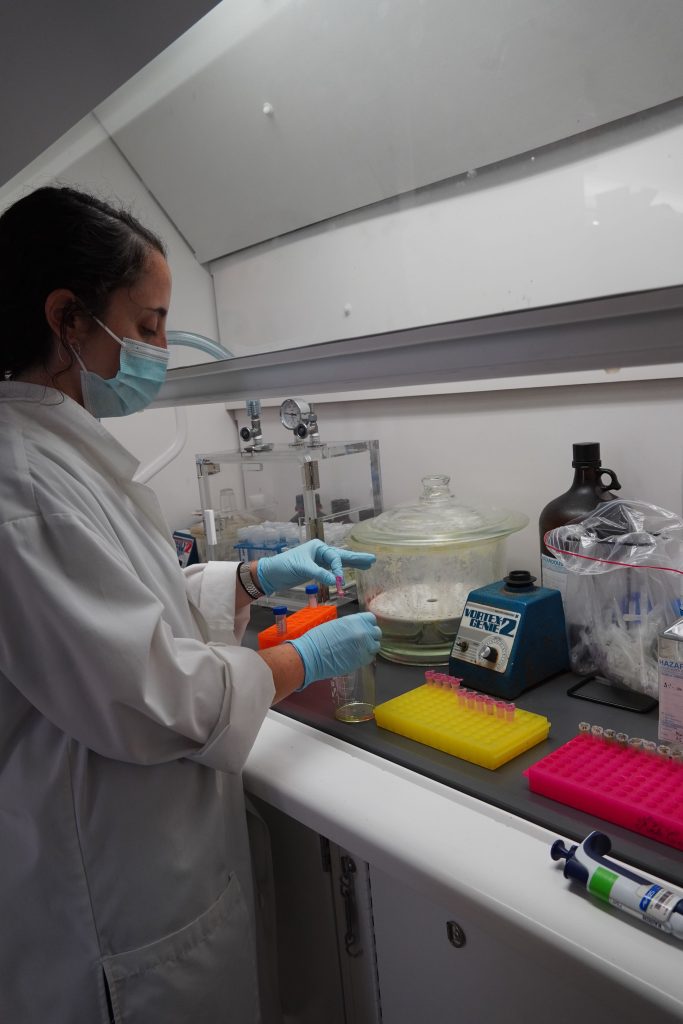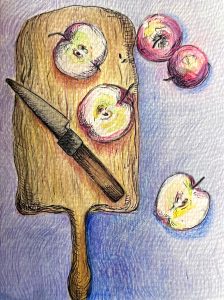If you have spent time on the beaches of Washington, you’ve likely encountered eelgrass, or Zostera marina. Its leaves frequently wash ashore in tangled heaps and accumulate along the waterline between sunbathing beachgoers and the sea. If you’ve ventured further afield into the intertidal zones or deeper, you may have seen eelgrass meadows stretching great distances across submerged mud flats. The presence of these eelgrass populations is a good sign for Washington as eelgrass is essential to estuarine and coastal ecosystems, providing food and shelter for wildlife and preventing sediment erosion with their roots and rhizomes. However, eelgrass is vulnerable to the increased water temperatures brought about by climate change and the environmental decay associated with pollution. Several eelgrass populations in the Atlantic are in steep decline, endangering ecosystems. Current conservation efforts involve transplanting eelgrass plants to areas with declining populations, but exciting new research led by fourth year graduate candidate Christine Nolan in the Imaizumi lab may open up new possibilities for eelgrass restoration.

Christine studies the genetic mechanisms underlying flowering and reproductive processes in eelgrass. Eelgrass can reproduce through clonal propagation, in which offspring are genetically identical to one parent plant, or via sexual reproduction in which offspring contain a mix of genetic material from two parent plants. Flowering allows plants to sexually reproduce and, by doing so, increase the genetic diversity of the eelgrass population. In a rapidly changing environment, this increased genetic diversity improves the likelihood that some individuals in a population will be resilient to new environmental pressures, maximizing the likelihood the population survives.
Currently, scientists do not understand when or why some eelgrass plants reproduce sexually vs clonally. A deeper understanding of the forces that yield sexual reproduction amongst eelgrass could help conservationists predict which eelgrass populations are reproducing primarily via clonal reproduction or primarily via sexual reproduction. This could allow for the identification of eelgrass populations most vulnerable to climate change and could empower scientists to promote flowering in certain populations, enabling seed-based restoration. Christine’s work aims to fill this knowledge gap by uncovering the genetic and molecular mechanisms that regulate eelgrass flowering.
Flowering mechanisms are well understood in other plants, so Christine began her work by assessing whether the genes known to initiate flowering in other plants are present in eelgrass. This investigation is challenging; even if two genes in two different species are homologous, meaning they were originally the same gene in a shared ancestral plant species, the genes may have mutated extensively in the time since the species diverged, such that the genetic sequences may no longer share any resemblance. Using computer algorithms capable of calculating the likelihood that genes share an ancestral history, Christine identified a collection of eelgrass genes she hypothesized might be homologous to genes known to be involved in flowering in other species.

Through preliminary genetic experiments in the model plant Arabidopsis, Christine has identified a collection of candidate eelgrass genes she hypothesizes may play a role in initiating flowering. Working with collaborators in the Ruesink lab, Christine has collected eelgrass from several wild populations in Willipa Bay. Back at the lab, Christine measures the amount that each of her candidate genes is expressed in different tissues in the plants. She will compare expression levels in flowering plants to expression levels in non-flowering plants to asses whether or not the expression of each candidate gene correlates with flowering status of the plants.

Christine’s project requires the processing of hundreds of samples, and though she still has much data to collect, she is excited by her preliminary findings. As the impacts of climate change and environmental degradation become more pronounced, Christine’s work could be pivotal in the development of effective, seed-based eelgrass restoration techniques and ultimately the preservation of our coastal ecosystems.



